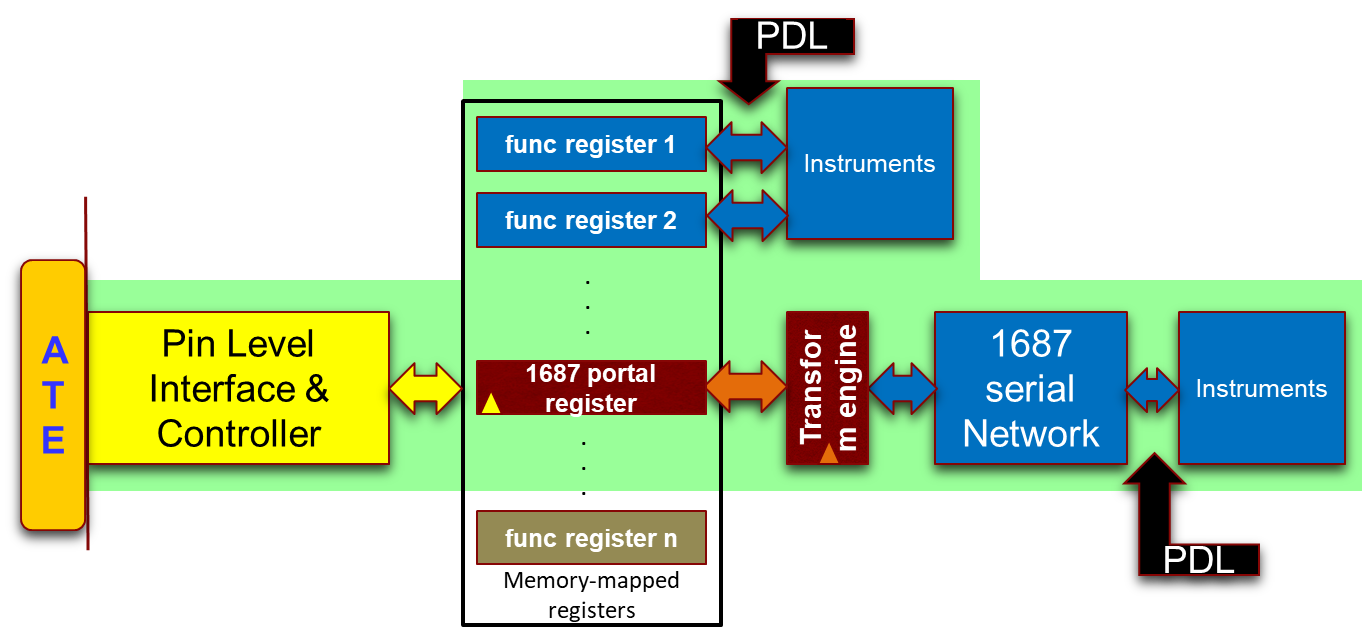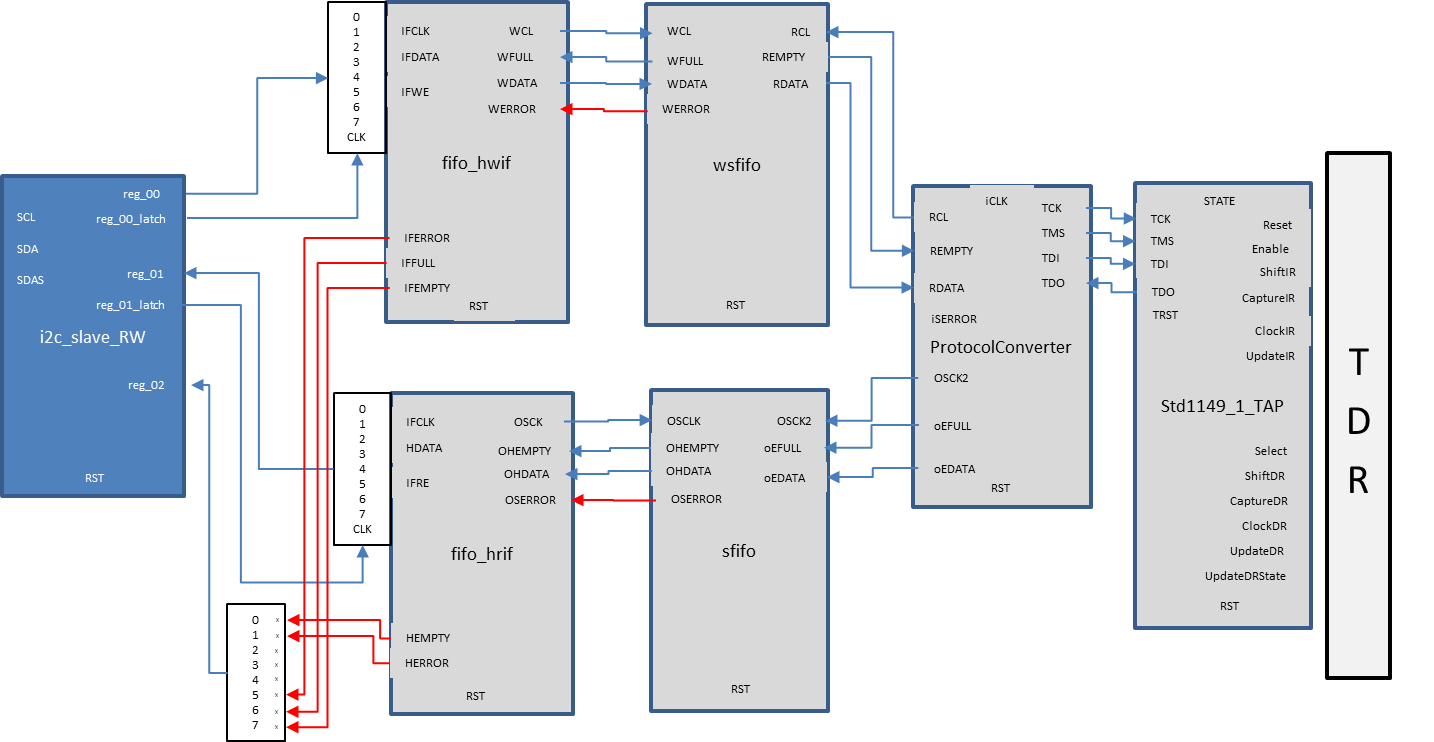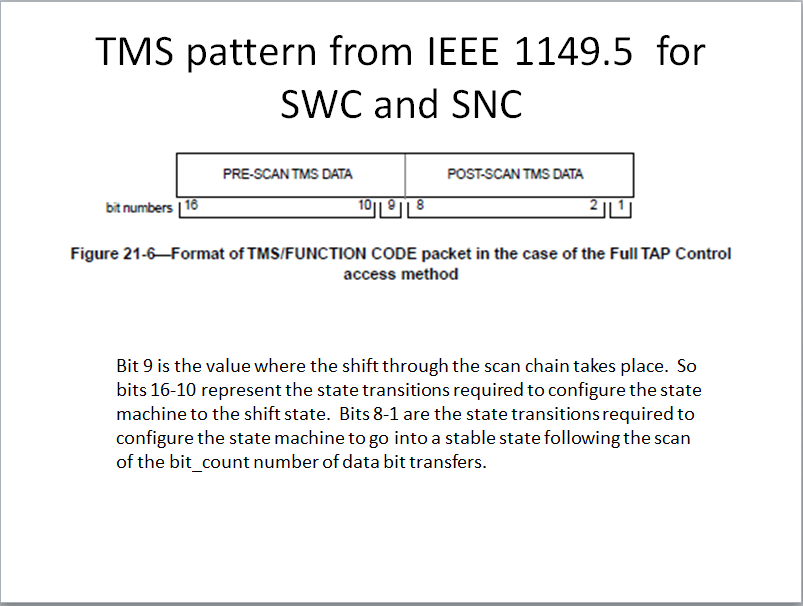IEEE P1687.1 - Standard for the Application of Interfaces and Controllers to Access 1687 IJTAG Networks Embedded Within Semiconductor Devices
The following is an excerpt from the IEEE P1687.1 PAR.
Scope
This standard extends or expands the application of the IEEE 1687-2014 standard to allow the use of, and description of, a broadrange of device interfaces and their associated controllers to access IEEE 1687 networks embedded within semiconductor devices. For example, these interfaces may include one or more of I2C, SPI, SWD, IEEE 1149.7 and/or other similar source synchronous clock interfaces.
Purpose
This standard enables users of the IEEE 1687-2014 Internal-JTAG “Standard for Access and Control of Instrumentation Embedded within a Semiconductor Device” to extend the use of, and description of, a broad range of interfaces and their associated controllers to access IEEE 1687 networks embedded within semiconductor devices. For example, these interfaces may include one or more of Inter-Integrated Circuit bus (I2C), Serial Peripheral Interface (SPI), IEEE 1149.7 Compact-JTAG, IEEE 1149.1 Test Access Port (TAP), and/or other current or future source synchronous interfaces.
Need
There are many ICs in the market today that contain embedded instruments, such as test logic, debug logic, monitors, configuration control, tuning, and other items that are normally accessed by a test or debug port. IEEE 1687 currently teaches in detail how to utilize the IEEE 1149.1 TAP interface and controller, but has only a generic “AccessLink” statement to enable alternate interfaces/controllers to access a 1687 network. For ICs that contain embedded instruments but do not include an 1149.1 TAP, it would be highly beneficial to standardize a well-specified description of how to use the interface/controller that is present to access the instrument network. This would allow a larger number of devices, including many already in existence, to make use of the advantages of 1687 – portability of instruments, retargeting of embedded vectors, engineering tradeoffs in instrument access network design, and operation tradeoffs in instrument operation and scheduling. This proposed standard will create a new retargeting interface and protocol-generation unit to be appended in front of compliant 1687 networks to extend its “usage space” (where 1687 networks can be used) - for example, allowing 1687 networks to be used within Big-A, Little-D (Analog) devices such as DACs and ADCs. This will be done in much the same way as 1149.6 and 1149.7 are new standards that extend the applicability of 1149.1 – but are unique standards in their own right.




